Over the last year, the Communities for Walkability project has been investigating walkability in towns across Tasmania. This involved working with ten Tasmanian communities to audit the local environment for things that impact on walkability and physical activity. Recently, citizen scientists in the tenth and final town (Evandale!) have started to collect information about the quality, accessibility and presence or absence of features in their town.
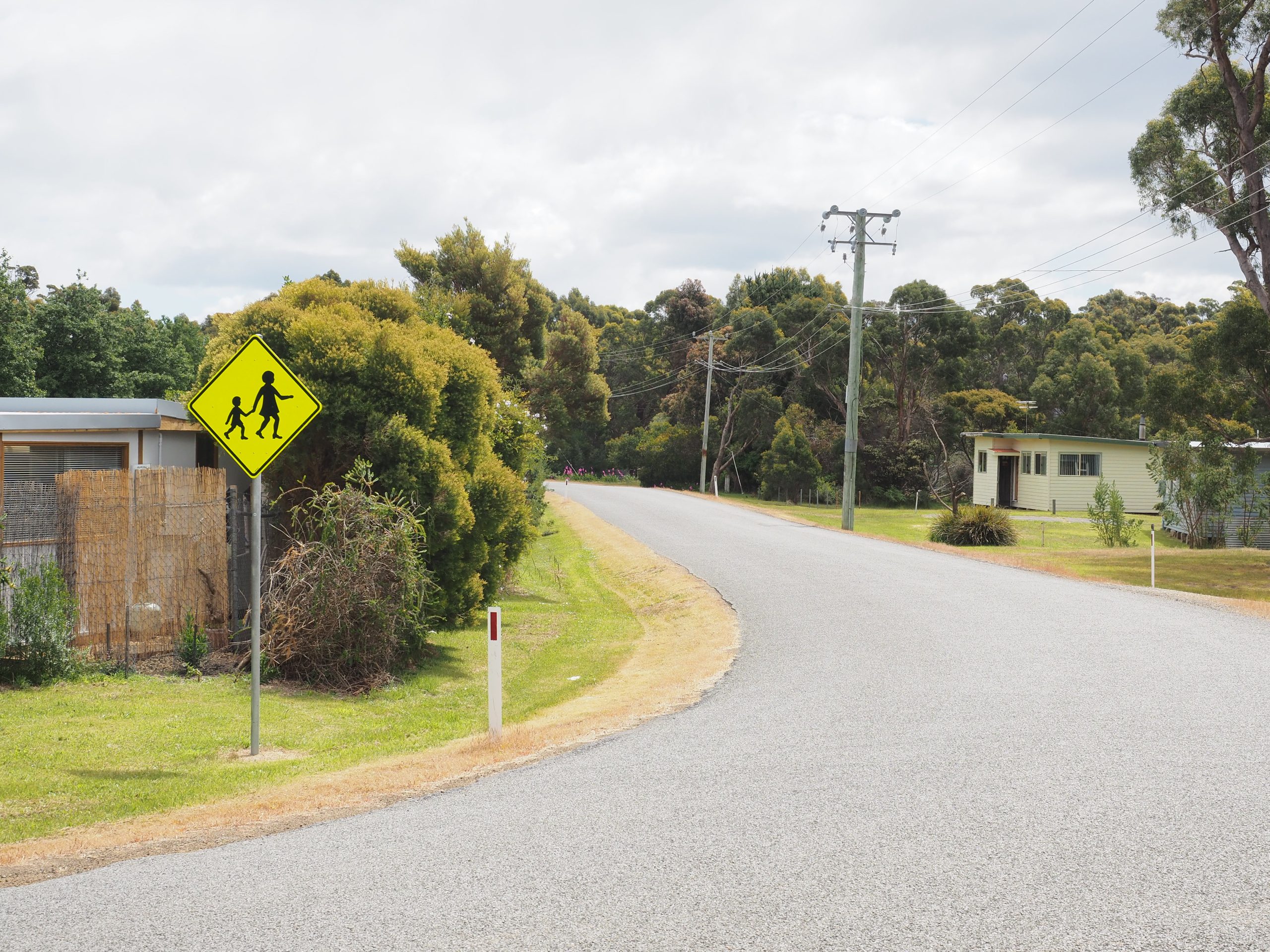
The information collected by citizen scientists is then discussed at a community workshop, where priority areas for action are identified. At the end of the process, reports have been produced for each town (you can see the final reports here). It has been great to see so many passionate community members get involved and work together to improve their communities. Some of our communities have already used their reports by sharing it with council, informing community meetings, and writing articles for their local newspaper. We are holding an event for our community champions and citizen scientists to learn more about and build skills in advocating for change in their communities.
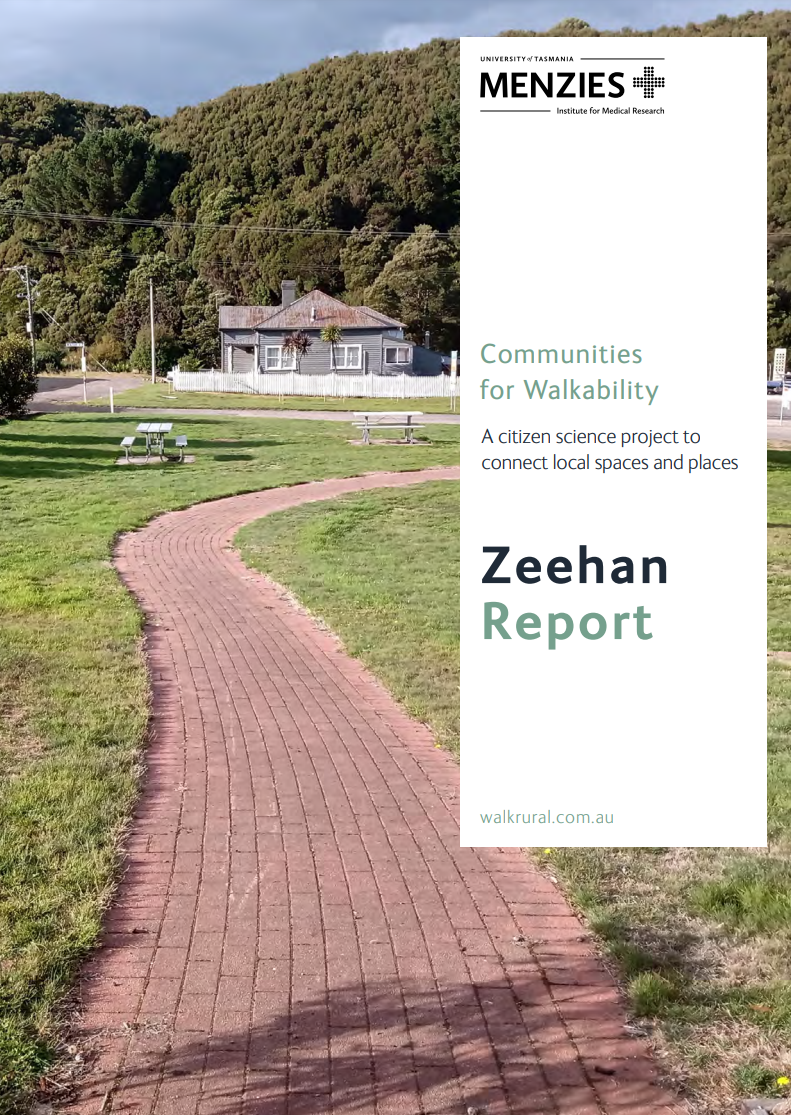
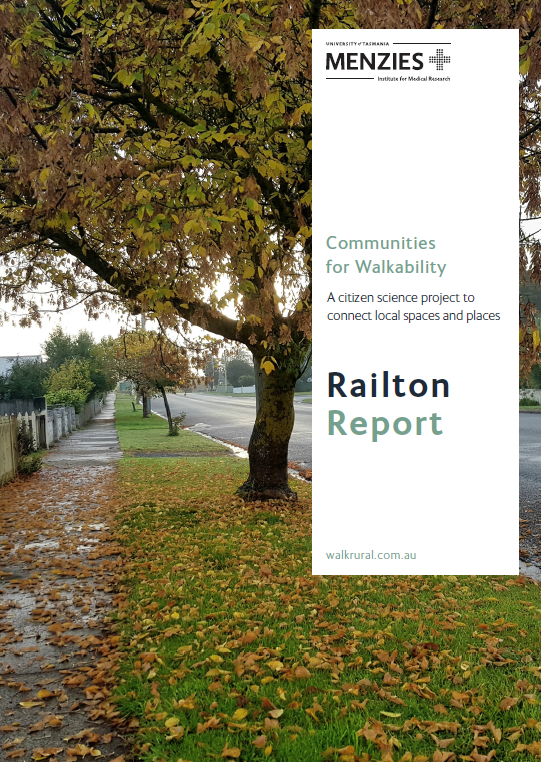
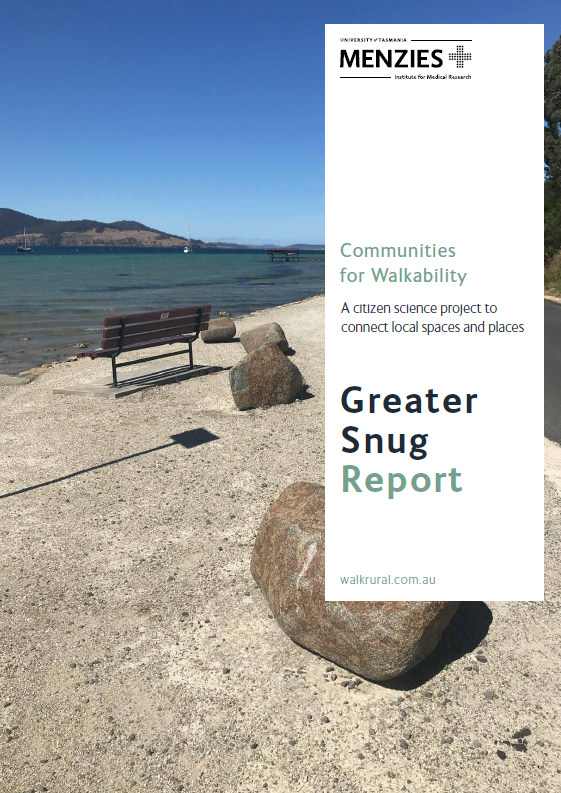
The next stage of the project involves bringing together the data from all 10 communities to understand what is common and what is different about walkability across rural towns. At the same time, we’ll be looking at the Tasmanian Population Health Survey data for each of our original 92 towns. Our research hopes to find if there is any association between town walkability and behaviours, like physical activity, or between walkability and health, like the presence of chronic conditions.
